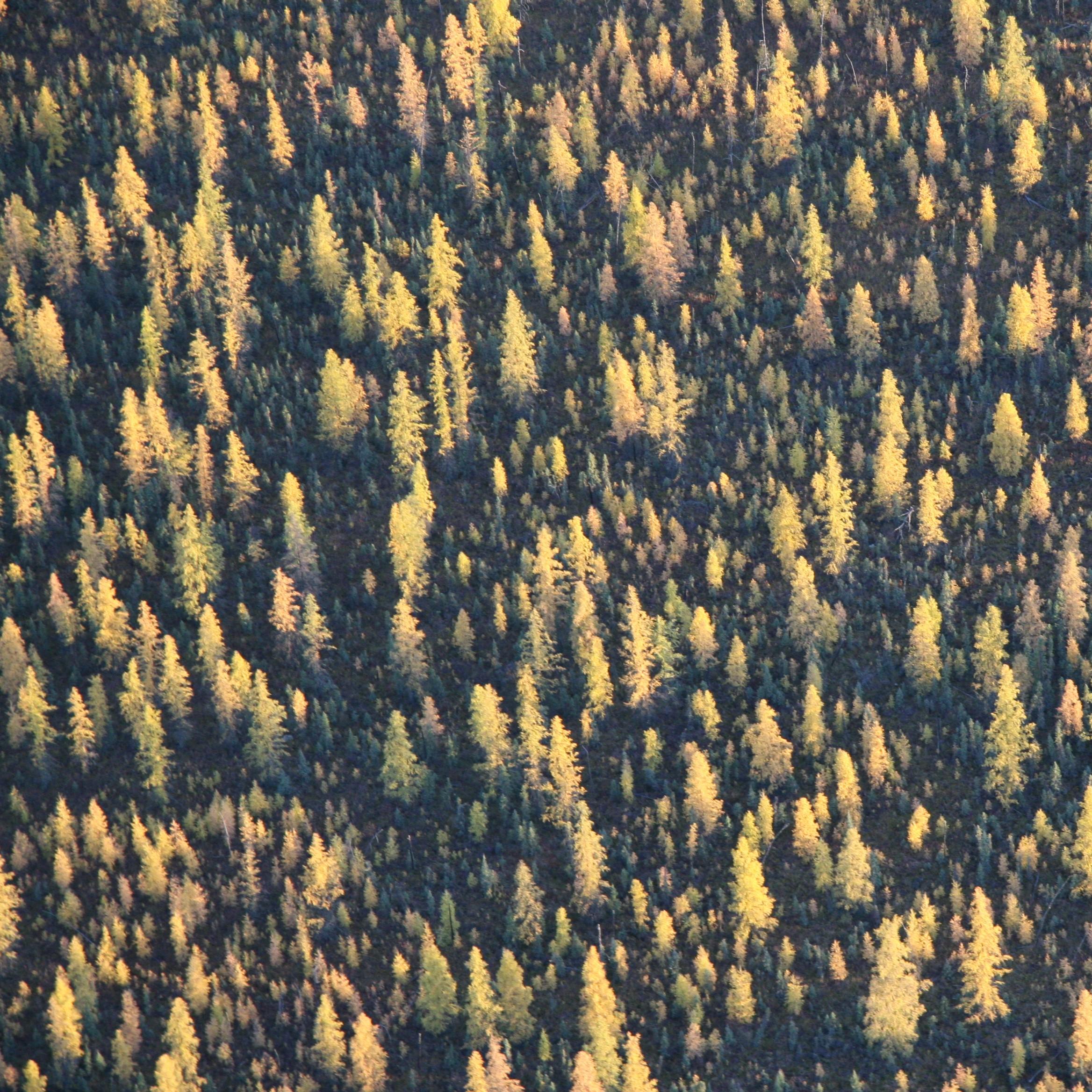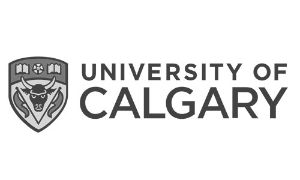Tolko's Northern Operating Area Status of Land Cover and Biodiversity
Summary of land cover, species, and habitat in Tolko's Northern Operating Area.
Report at a Glance
This report describes the status of land cover and biodiversity in one of Tolko's two main operating areas in Alberta—the Northern Operating Area, located in northwestern Alberta. Also included are spotlights on species of management interest in the region. This information establishes baseline conditions for several indicators of land cover and biodiversity, which can be used to measure long-term forest health.
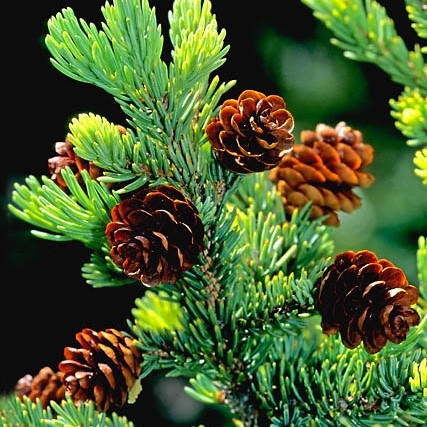
Chapter 1.0
Introduction to the information presented in the report for the Northern Operating Area, including regional context, an overview of the indicators assessed, and a summary of the methods and analyses used.
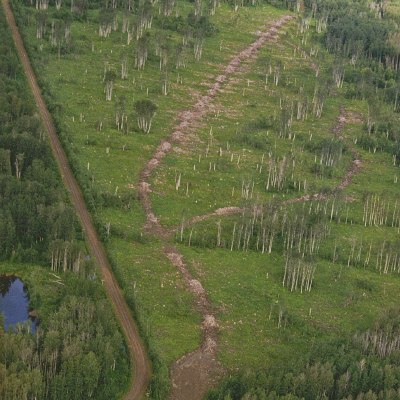
Chapter 2.0
Summary of the status and trends in human footprint, vegetation types, native habitat, and linear footprint in the Northern Operating Area. The effects of land use changes (e.g., fire, human footprint) on vegetation types, with a focus on the 2023 wildfires, are also presented.
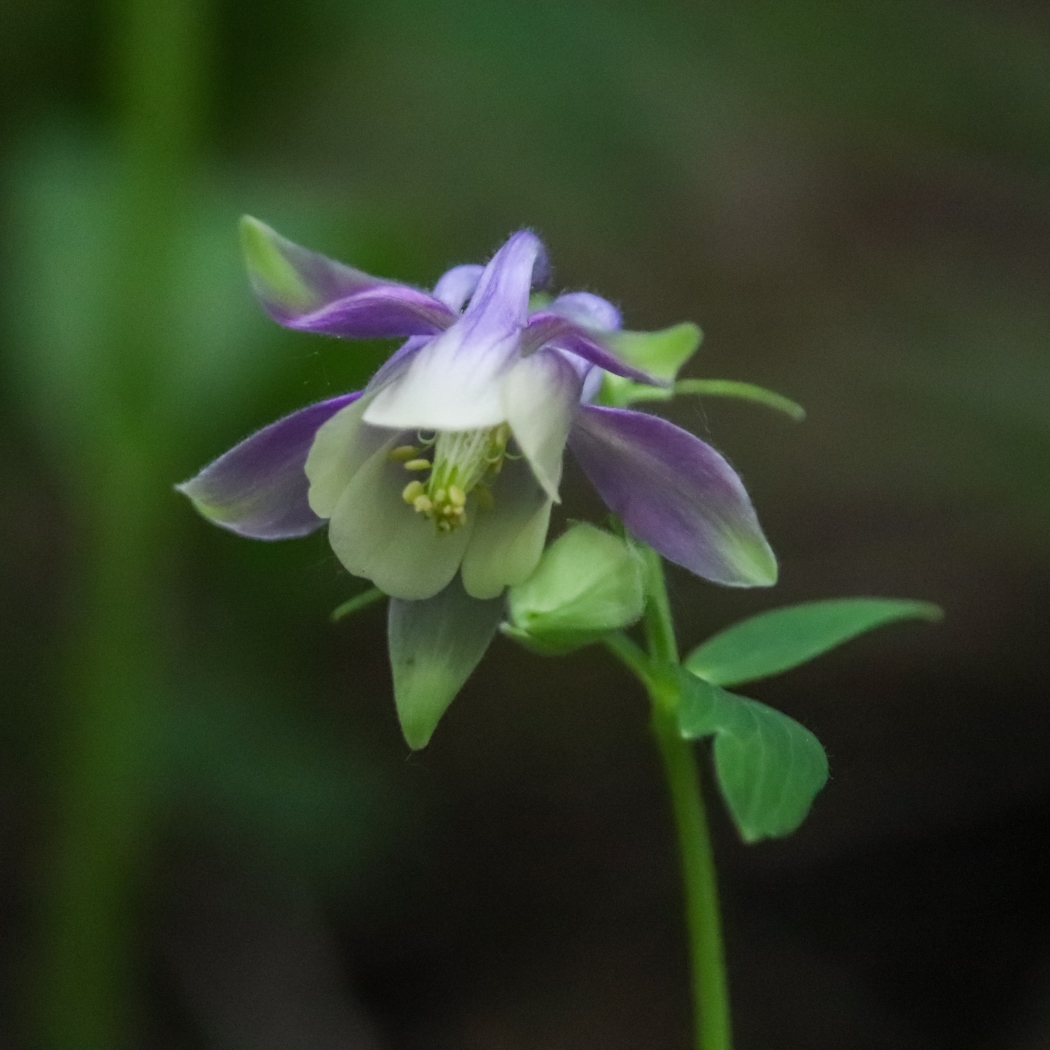
Chapter 3.0
Summary of the status of biodiversity based on the Biodiversity Intactness Index, and a summary of how land base changes (e.g., human footprint, fire) impacted habitat suitability for species across the region.
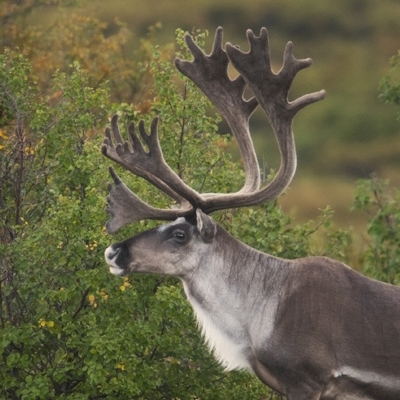
Chapter 4.0
Species spotlights on the status of Moose, Woodland Caribou and Arctic Grayling. The status of species of conservation concern and of non-native vascular plants is also presented.
